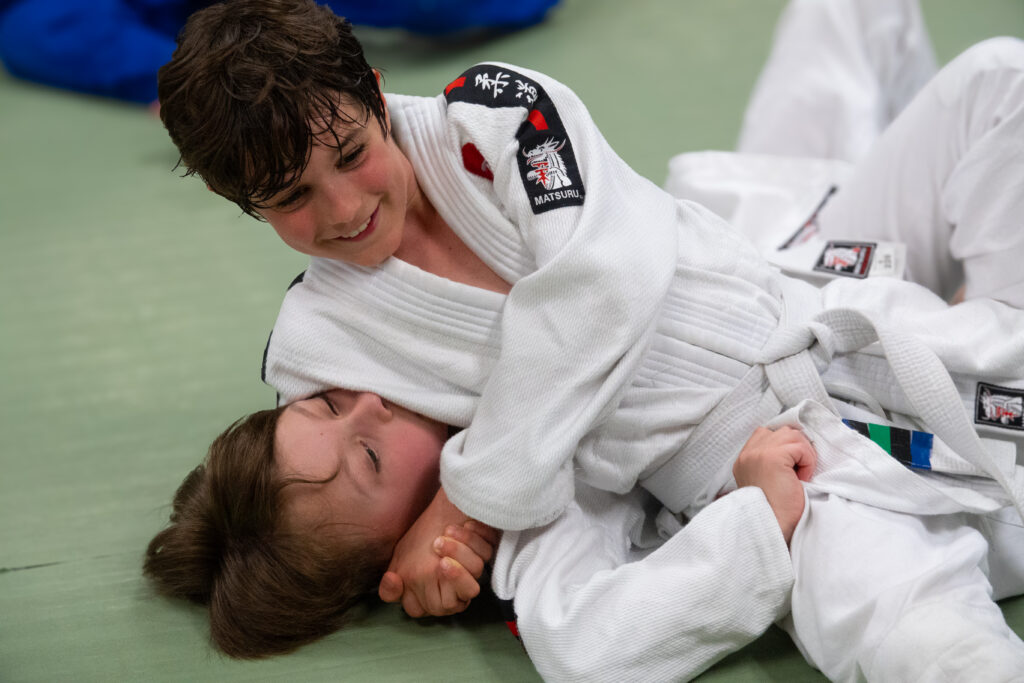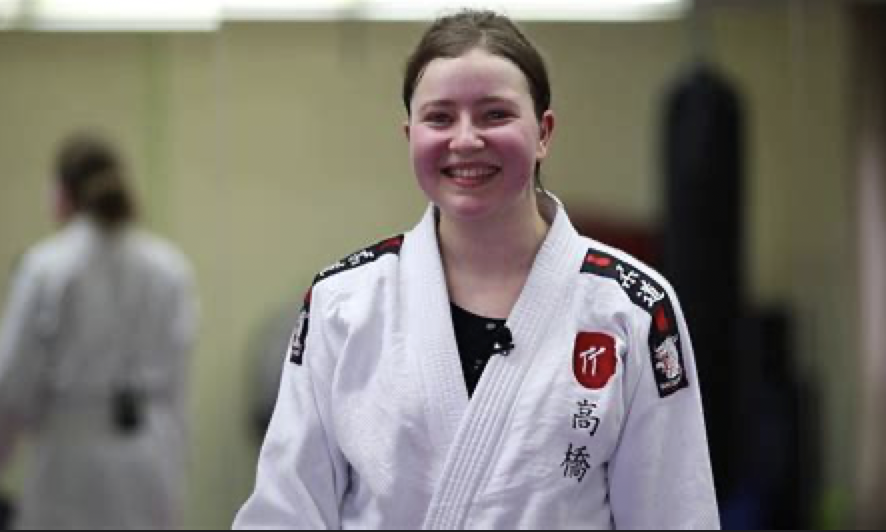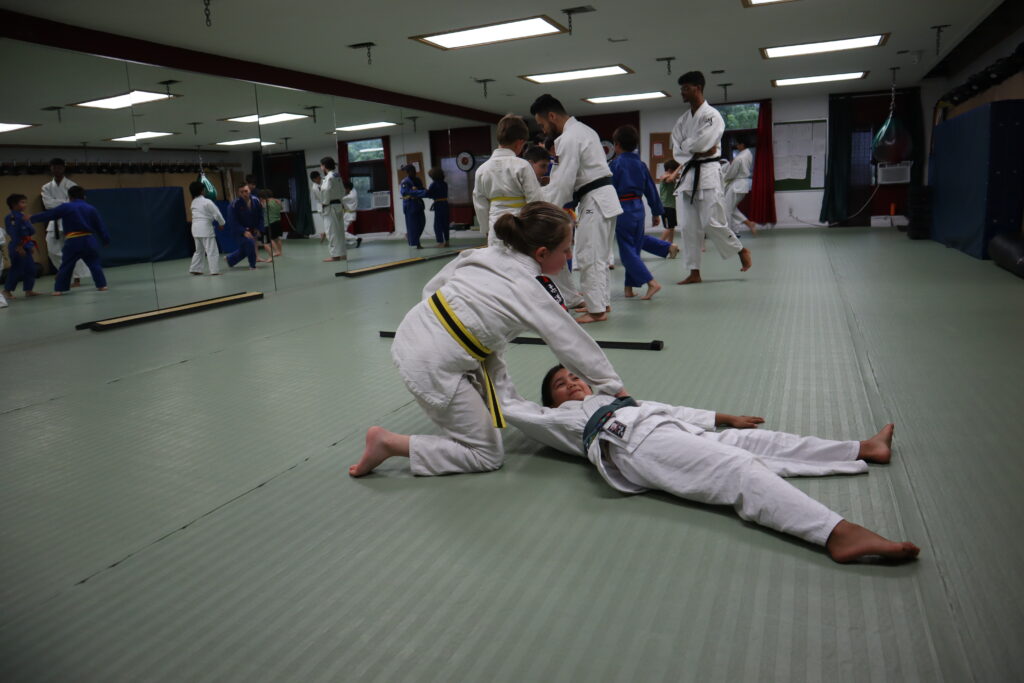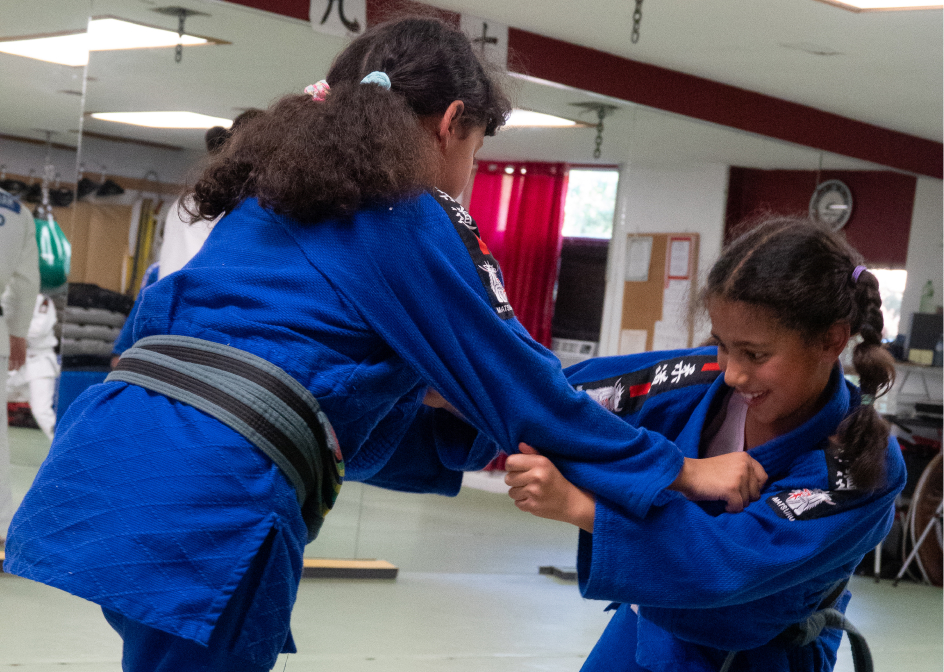Menu
Close
Menu
Close

Choosing a martial art can feel overwhelming with so many options available. Whether you’re looking for self-defence skills, physical fitness, or personal growth, finding the right discipline makes all the difference in your journey. The best martial art for you depends on your specific goals, physical abilities, and what you hope to gain from your practice, whether that’s Muay Thai for striking skills, Jiu-Jitsu for ground fighting, or Judo for sport competition.
Before committing to any martial art, it’s important to identify your personal goals and consider practical factors like class schedules and location. Some disciplines focus on competition while others emphasize practical self-defence or cultural traditions.
Before diving into any martial art, it’s crucial to understand what you want to achieve and which style aligns with your personal needs. Your martial arts journey should match your specific objectives and physical capabilities.
Start by asking yourself why you want to learn a martial art. Are you primarily interested in self-defence or do you want to improve your fitness level? Maybe you’re drawn to the competitive aspect and dream of participating in tournaments.
Some people seek martial arts for building self-confidence or as a path to personal growth. Write down your top three reasons for wanting to train in martial arts.
Key considerations include:
We recommend figuring out your goals before researching specific styles. This clarity will help narrow your options significantly.
Martial arts vary greatly in their focus, intensity, and philosophy. Some arts like Brazilian Jiu-Jitsu emphasize ground fighting and grappling, while others like Taekwondo focus on kicks and striking techniques.
Each style offers different benefits. Striking arts typically burn more calories, while grappling can build functional strength. Traditional martial arts often include philosophical elements that promote mental discipline.
Martial arts come in many forms, each with unique approaches to combat, self-defence, and personal development. Understanding the fundamental differences between various disciplines will help you make an informed choice that aligns with your goals and preferences.
Striking arts focus on using punches, kicks, knees, and elbows to defeat opponents. Boxing emphasizes hand techniques with footwork and head movement. Muay Thai incorporates elbows, knees, and devastating leg kicks as the “Art of Eight Limbs.” Karate and Taekwondo feature more traditional striking with the latter emphasizing high, flashy kicks. Combat Sambo incorporates everything making it the most comprehensive martial art.
Grappling arts, by contrast, focus on controlling opponents through holds, throws, and ground fighting. Brazilian Jiu-Jitsu (BJJ) specializes in ground fighting and submissions. Judo focuses on throws and takedowns with groundwork. Wrestling emphasizes control and pinning opponents.
Your body type and personal preferences should guide your choice between these fundamentally different fighting approaches.
Traditional martial arts like Kung Fu, Aikido, and Karate often emphasize:
Modern practices like Mixed Martial Arts (MMA) and Combat Sambo focus on:
Each martial art carries the values and history of its origin culture. Karate developed in Okinawa as a response to weapons bans, emphasizing empty-hand techniques. Judo emerged in Japan as a sportified version of traditional jujutsu, focusing on the principle of maximum efficiency.
Muay Thai evolved on Thai battlefields and remains deeply connected to Thai cultural traditions and ceremonies. Kung Fu encompasses numerous Chinese martial arts systems, many named after animals whose movements they mimic.
Brazilian Jiu-Jitsu adapted from Japanese judo. Taekwondo developed in Korea, via Japan with its high kicks reflecting the Korean cultural emphasis on leg techniques.
Understanding these backgrounds helps you appreciate the art’s philosophy and can enhance your connection to the practice. Many schools maintain cultural elements like language terms, traditional uniforms, and rituals.
Finding the right place to train is just as important as choosing the martial art itself. The school and instructor will shape your entire learning experience and determine how quickly you progress in your journey.
When visiting potential schools, pay attention to the cleanliness and safety of the facility. Mats should be regularly cleaned, equipment should be well-maintained, and there should be adequate space for training without crowding.
The community atmosphere is crucial. Take part in a class to see how students interact. Are they supportive of each other? Do beginners receive proper attention? A good martial arts school creates a welcoming environment where students feel respected regardless of skill level.
The location and schedule should fit your lifestyle. Even the best school won’t benefit you if you can’t attend regularly due to distance or conflicting class times.
Qualified instructors should have verifiable credentials in their martial art. Don’t hesitate to ask about their training background, competitive experience, and teaching history.
The best instructors balance technical expertise with teaching ability. They should be able to:
Watch how they interact with students. Do they show patience and respect? Good instructors understand their teaching philosophy and can explain their approach to martial arts.
Safety should be their priority. They should emphasize proper technique over speed or power, especially for beginners. Instruction should include appropriate warm-ups and injury prevention.
We believe the instructor-student relationship is fundamental to your progress. The right mentor will not only teach techniques but also embody the values of the martial art.
Starting a martial arts journey requires some preparation. Before you jump into your first class, there are a few things to consider that will help you succeed.
Physical Fitness Basics You don’t need to be in perfect shape to begin martial arts training, but some basic conditioning will help. We recommend working on your endurance through activities like jogging or swimming a few weeks before starting classes.
Building strength through bodyweight exercises like push-ups and squats can also be beneficial. Many martial arts techniques require a good foundation of core strength.
Essential Gear Most schools require specific equipment. Here’s what you might need:
Mental Preparation Martial arts is as much mental as physical. Come with an open mind and be prepared to learn. Patience is key – no one earns a black belt overnight.
Flexibility Matters Many techniques require good range of motion. Start incorporating basic stretches into your daily routine to improve flexibility and reduce injury risk.
Visit Before Committing We suggest taking a class before you enrol. This gives you insight into the teaching style and helps you find the right fit.
Set Clear Goals Are you training for self-defence, fitness, or competition? Identifying your goals helps choose the right martial art and maintain motivation when training gets challenging.
Choosing the right martial art involves considering several key factors that align with your personal needs and goals. These common questions address specific concerns many beginners have when starting their martial arts journey.
What factors should I consider when selecting a martial art for self-defence?
When choosing a martial art for self-defence, focus on styles that teach practical techniques for real-world situations. Look for training that include scenario-based practise against common attacks.
Effectiveness in self-defence often comes from arts that spar regularly with resistance, like Combat Sambo, Sport Sambo, Judo or Muay Thai. These styles help you develop muscle memory that can be recalled under stress.
The best self-defence martial art is one you’ll stick with consistently.
Is there a martial art that is particularly suited for women’s self-defence?
Many martial arts work well for women’s self-defence, especially those that emphasize leverage and technique over raw strength. Sambo and Judo are excellent choices as they teach how to control larger opponents using proper body mechanics.
Judo offers women practical techniques designed specifically for common attack scenarios they might face. The training often includes situational awareness and verbal de-escalation alongside physical techniques.
We find that the best choice ultimately depends on the individual’s comfort level and what they’ll practice consistently.
What are the physical and mental benefits of different martial arts styles?
Striking arts like Muay Thai, Boxing, and Karate build cardiovascular endurance, power, and speed. These styles often create excellent full-body workouts that burn calories and improve coordination.
Grappling arts such as Sambo and Judo develop core strength, flexibility, and body awareness. They teach patience and problem-solving as you learn to apply techniques against resistant partners.
Many practitioners report reduced stress and anxiety through the meditative aspects of traditional arts like Judo.
How important is age when starting to learn a martial art?
Age should guide your martial art selection rather than limit it. We believe there’s a martial art for everyone regardless of when they start. Many schools offer age-appropriate classes for children, adults, and seniors.
For older beginners, modified Judo can be gentler on the joints while still providing excellent training. These styles emphasize technique over high-impact movements.
Young adults might gravitate toward more athletic styles like Sambo and Judo. Children often benefit from traditional martial arts that emphasize discipline and respect alongside physical skills – Judo.
What are the key differences between traditional and modern martial arts?
Traditional martial arts like Karate, Kung Fu, and Aikido often incorporate cultural elements, formal etiquette, and philosophical teachings. They typically use belt ranking systems and emphasize personal development alongside combat skills.
Modern or sport-focused martial arts like MMA, Combat Sambo, and boxing tend to emphasize practical application and competitive effectiveness. These styles often evolve more rapidly as techniques are tested in competition.
Both approaches offer valid training paths. Traditional arts may provide a more holistic experience, while modern combat sports often offer clear feedback on what techniques work under pressure.
How can I assess which martial art aligns best with my fitness level and personal goals?
Start by identifying your primary goals – whether fitness, self-defence, competition, or personal growth. This will immediately narrow your options to styles that specialize in your areas of interest.
Watch how classes are conducted and whether the intensity seems appropriate for your current fitness level. Try a few classes so you can experience the training firsthand.
Talk with instructors about how they modify training for beginners. Good schools progressively build your fitness alongside technical skills rather than expecting peak condition from day one.
To get started, take advantage of a two-week special offer today at: https://tinatak.com



Hours of Operation:
Monday – Friday
8:00 a.m. – 8:00 p.m.
Saturday – Open Mats
2:00 p.m. – 3:00 p.m.
Recent Posts
Blog
The Beginner’s Guide to Starting Martial Arts: Essential First Steps for New Practitioners
Judo vs. Jiu-Jitsu: Understanding the Key Differences Between These Ancient Martial Arts
Why Martial Arts are Excellent for Child Discipline: Building Character Through Structure and Respect
How Martial Arts Teach Children Anti-Bullying Skills: Building Confidence and Self-Defence
Copyright © 2024 |
Tina Takahashi Martial Arts
Designed by
ElissDesign.com





